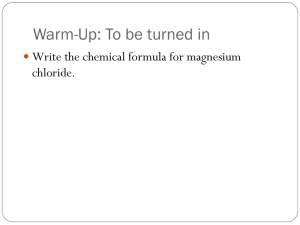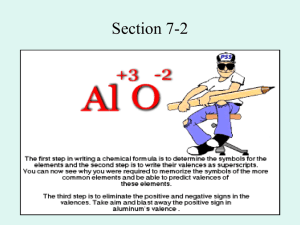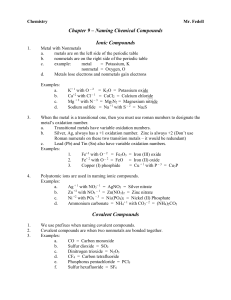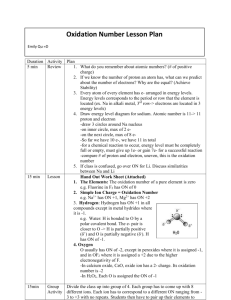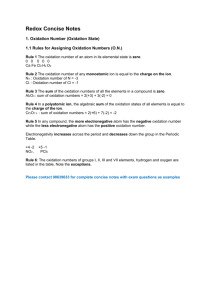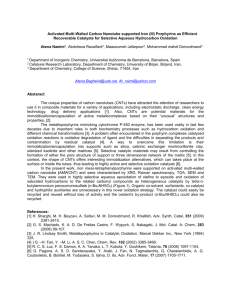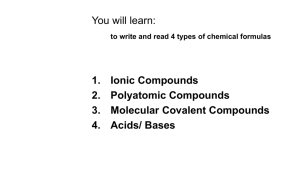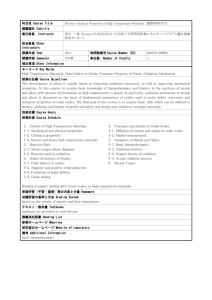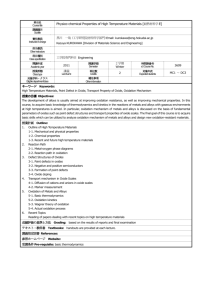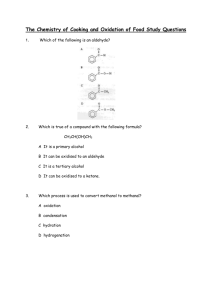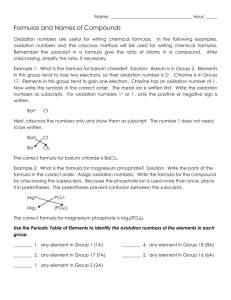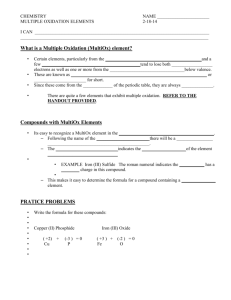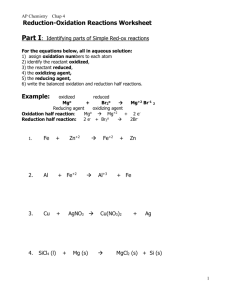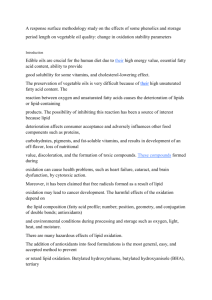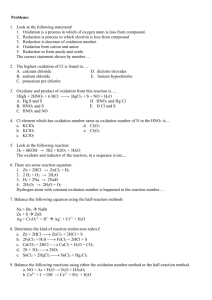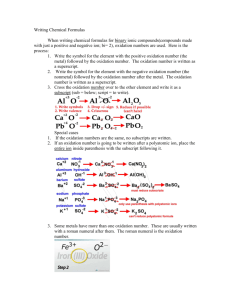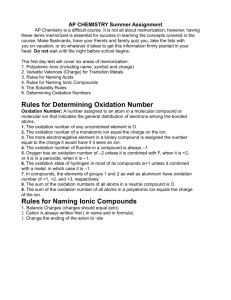Section 7-2-rugh
advertisement
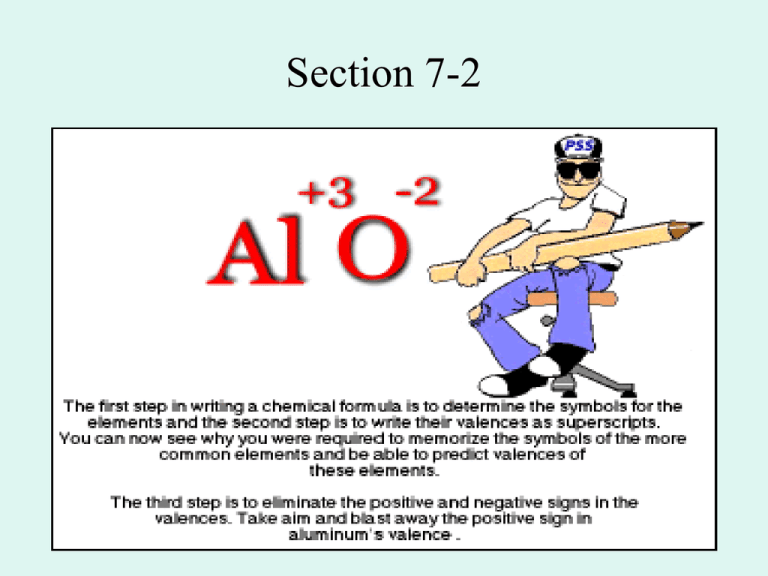
Section 7-2 Oxidation Numbers • “Imagined charges” assigned to atoms in covalent molecules • In fact, they can be quite arbitrary. They Are Useful • In naming compounds, in writing formulas, in balancing chemical equations, and in studying certain types of chemical reactions (Ch. 19). Assigning Oxidation Numbers: General Rule • Shared electrons are assumed to belong to the more electronegative atom in each bond. Specific Rules For Assigning Oxidation Numbers I. Ex: Na O2 S8 Atoms of a pure element have an oxidation number of zero. II. Electronegativity • The more electronegative element in a binary compound is assigned the number equal to the negative charge it would have as an anion, the less electronegative one is positive (as if it were a cation). III. Fluorine • Assigned a value of -1 in all compounds because it is the most electronegative element. IV. Oxygen • Assigned a number of -2 in almost all compounds. Exceptions: There are exceptions, like in H2O2, when you would have to find the oxidation number by looking at the molecule as a whole (i.e. charge of H) V. Hydrogen • +1 in all compounds with elements that are more electronegative than it is. • It is -1 when it is combined with metals. Algebraic Sums VI. In a neutral compound all oxidation numbers add up to zero. VII. In a polyatomic ion the sum is equal to the charge of the ion. Because of Rules I-VIII • It is often possible to assign oxidation numbers when they are not known. Using Oxidation Numbers For Formulas and Names • Both metals and nonmetals can have more than one oxidation number. Fe = +2 or +3 SO2; S = +4 SO3; S = +6 Both Used Interchangeably For Simple Compounds Phosphorous trichloride PCl3 Phosphorous (III) chloride Dinitrogen monoxide N2O Nitrogen (I) oxide Assignment • 7.2 Worksheet • 7.2 Textbook Problems (Warning!!! I’s and l’s look a lot alike, think about the formula, does it make sense?) Due Wednesday BOP

